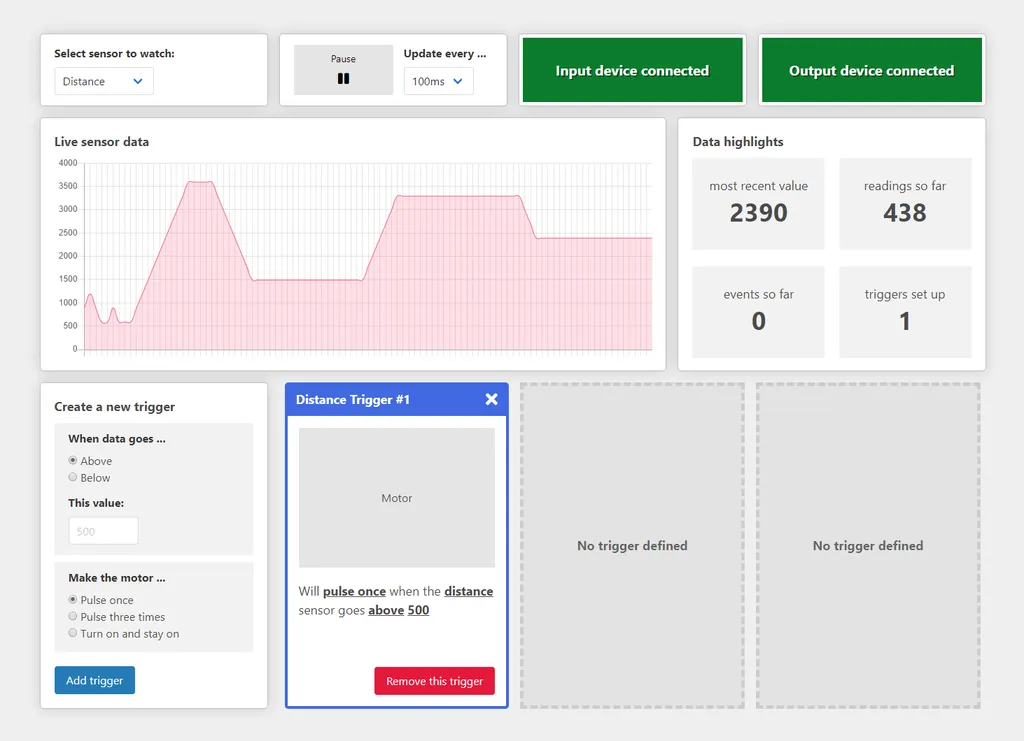In the rapidly expanding world of the Internet of Things (IoT), data dashboards have become essential tools for monitoring and managing everything from smart cities to agricultural fields. However, these dashboards often prioritize complex visualizations, leaving users with visual impairments at a disadvantage. A recent study published in *Future Internet* (translated from Romanian) introduces AccessiDashboard, a web-based platform designed to make IoT data accessible to everyone, including those who rely on screen readers or other assistive technologies.
George Alex Stelea, lead author of the study and a researcher at the Department of Electronics and Computers at Transilvania University of Brașov, explains, “The goal was to create a dashboard that doesn’t just translate visual data into text but offers a rich, multi-modal experience that caters to different user needs.” AccessiDashboard achieves this by using semantic HTML5 and WAI-ARIA compliance, ensuring that screen readers can accurately interpret and navigate the interface.
One of the standout features of AccessiDashboard is its ability to automatically generate long descriptions of graphs and visual elements. This text-first approach provides a non-visual alternative for data exploration, making it easier for visually impaired users to understand and interact with the data. “We leveraged Large Language Models (LLMs) to produce context-aware textual representations of sensor data,” Stelea adds. “This means users can choose between visual charts, bullet lists, tables, or narrative descriptions, depending on their preferences and needs.”
The platform also adopts a privacy-by-design approach for its AI integration, addressing ethical and regulatory concerns. Early evaluations suggest that AccessiDashboard significantly reduces cognitive and navigational load for users with vision disabilities, positioning it as a potential blueprint for future inclusive IoT monitoring solutions.
For the energy sector, the implications are substantial. Energy companies increasingly rely on IoT dashboards to monitor everything from grid performance to renewable energy outputs. Making these dashboards accessible ensures that all employees, regardless of their visual abilities, can contribute effectively to data-driven decision-making. “Accessibility isn’t just a moral imperative; it’s a business imperative,” Stelea notes. “By including everyone in the data analysis process, companies can tap into a broader range of insights and innovations.”
As the IoT landscape continues to evolve, the principles behind AccessiDashboard could shape the future of data visualization and accessibility. By prioritizing inclusive design and leveraging advanced AI technologies, the platform sets a new standard for how we interact with data, ensuring that no one is left behind in the digital age.

